Surveying and modeling COG-ship with laser scanner
Laser scanner is a very good tool for documenting three-dimensional objects. It gives accuracy of under one centimeters, enables very good monitoring of changes occurring in the object or structure being measured and opens up huge possibilities for very advanced means of presenting the object for various purposes, for the good of science and the joy of general public in search of digital presentations of cultural heritage. This is why it was vital to laser-scan the Tallinn Cog, an object bound to “live” within the conservation project and museum display, and something that will definitely need informative and impressive digital renderings to make all the more understandable for the public.
Laser scan of the Tallinn cog. Image: FOG
The Pulse-based scanner used in this project sends laser pulses towards the object, and when these pulses reflect back, new points are added in the point cloud. The distance between scanner and points is calculated from pulse’s travelling time, and the point coordinates come from distance and degrees.
It is also possible to take photos with laser scanner. Points of point cloud can be given colors with photo information, which enable realistic 3D modelling. Planner can benefit from this 3D model in different kind of functions. Laser scanners scan-rate must be high, because there are several millions of points in the point clouds, possible even billions.
Cog-ship has been scanned with Leica P30 laser scanner, which has a scan rate of up to one million point per second when distance between object and scanner is under 120 meter.
It is not possible to scan the whole Cog from one measuring point. Several scans has to be merged together. It is possible by using fixed connective targets. One has to see at least two connective targets from every measuring points.
Viewing from the measuring point the angle between measuring point and two targets should be close to 90 degrees (good geometry). When there is more connective targets with good geometry, there is also more accuracy result.
When comparing two point clouds measured at different date, you should use the same coordinate system. When two point clouds are in the same coordinate system, you can observe the chances that have happened in object. To create simple coordinate system, one needs total station with targets. Total station targets must stay in the same place for every measurement. There should be many targets, that one can orientate the total station around the place (orientation needs at least 2-3 targets). With total station one measures coordinates to laser scanner’s targets, then the point clouds are in the same coordinate system. Point clouds with different coordinate systems can also be compared by aligning one point cloud on the other, but the possibility of error is bigger than using the same coordinated targets.
To edit point clouds one can use laser scanner’s manufacture’s own point cloud editor or open source applications. In this project point clouds were processed by Cyclone application (Leica). Comparison between point clouds were made with CloudCompare application (Open Source).
The measured point clouds will be used to monitor dimensional changes of the Cog at the temporary location. The hull is drying and laser scans give an excellent tool to monitor what happens to the Cog. In the final location (Fat Margaretha) fixed targets will be placed and the Cog monitored with Total station and laser scanning.
There are vast possibilities to use point cloud to illustrate the Cog. To study the structure and construction techniques or play with the model with your mobile phone. We will later on write a blog posting about that.
Jani Ylimäki, Eero Salmenmäki, Petja Tiilikainen

